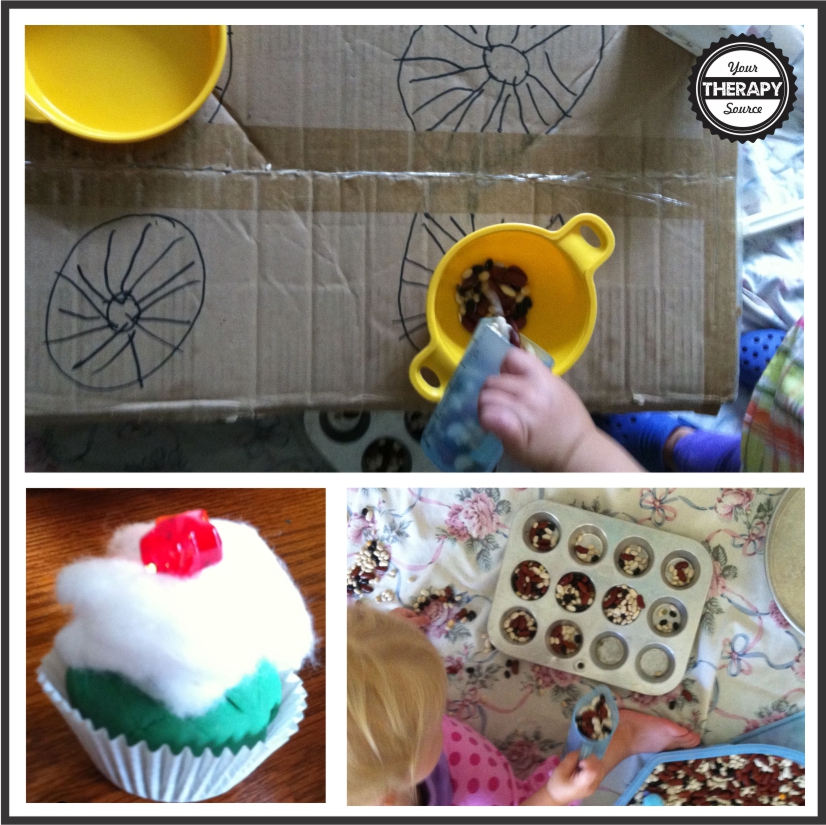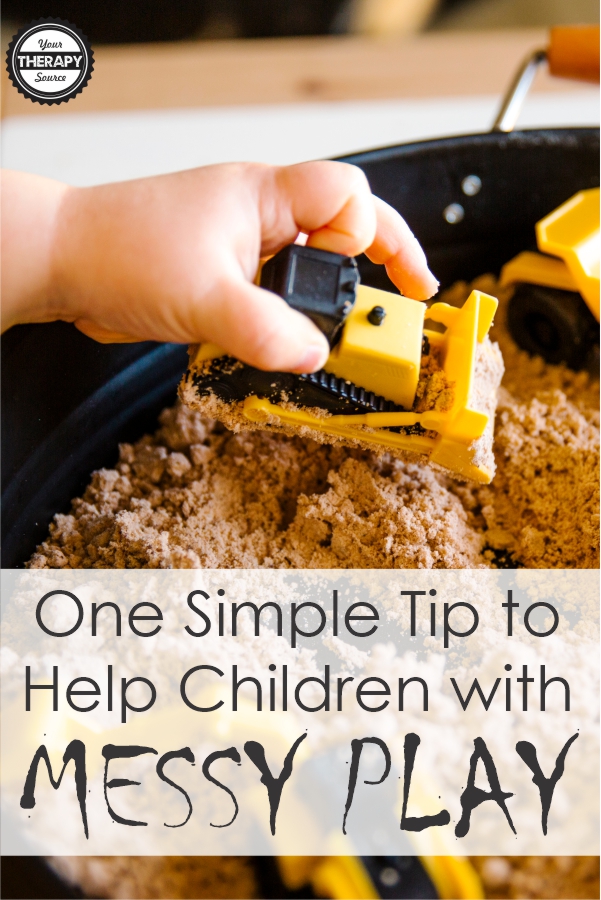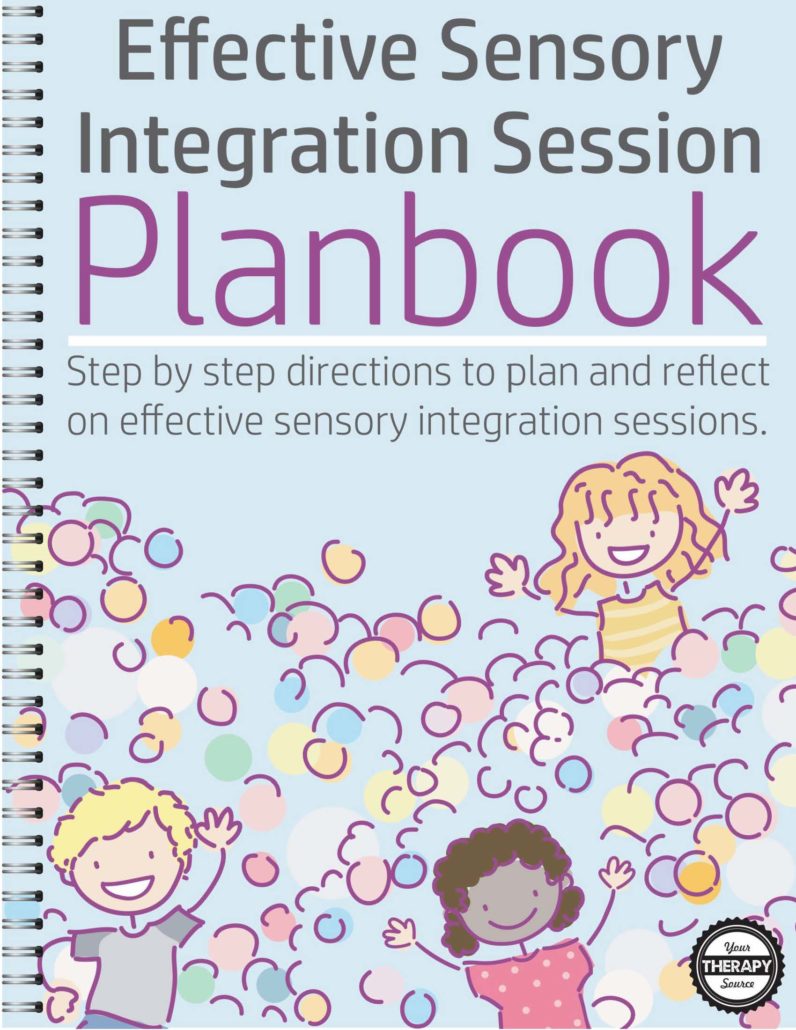Messy Play – One Simple Tip to Help Children Participate

Do your children or students dislike messy play? There are children who love to get dirty and then there are children who dislike it and experience sensory sensitivities or perhaps even a tactile aversion to messy play. There are different ways to gradually introduce tactile materials to encourage children to participate in messy play.
When introducing sensory bins, it may be beneficial for children who are oversensitive to grade the amount of tactile input based on the materials included in the sensory bin. (Children should never be forced to touch anything they do not wish to touch). You can read more about how to grade the input here.
One Simple Tip to Encourage Messy Play
What does the research say about messy play for children with sensory sensitivities and messy play? The Journal of Occupational Therapy, Schools and Early Intervention published a small study of eight participants with sensory sensitivities according to the Sensory Profile. The participants engaged in messy play either with a pretend theme or without.
The researchers discovered that when pretend play was incorporated with the messy play, the participants showed improvements in the initiation of pretend play. In the testing conditions the researchers provided meaning to the sensory materials – ie glue the sticky cotton balls onto the bunny picture, make a shaving cream mustache on the smiley face, etc.
More Suggestions to Bring Meaning to Messy Play
Here are 10 other suggestions to provide meaning to messy play though pretend play:
- Use baking materials such a cupcake pans to pretend to bake cupcakes with your sensory materials.
- Make pretend cupcakes using cupcake lines, play dough, cotton for icing and beads for sprinkles.
- Use the hands to put shaving cream on a doll and shave it off with a pretend shaver or popsicle stick.
- Use sand to make a small playscape for Lego or animal figures.
- Wash plastic animals with sudsy soap and wash clothes.
- Put dirt on a tray and drive small trucks through it.
- Give baby dolls a bath with soapy water in the sink.
- Put crushed leaves and pebbles in a sensory bin and add toy dinosaurs.
- Apply lotion to a doll for a baby massage.
- Play pretend ice cream shop and scoop crushed ice into paper cups.
By incorporating pretend play with messy play, it provides meaning to the sensory materials and encourages imagination and creativity!
Reference: Kristin R. S. Miller OTDOTR/L & Alexia E. Metz PhDOTR/L Pretending Enhances Engagement in Messy Play for Children with Sensory Sensitivity. Journal of Occupational Therapy, Schools, & Early Intervention. Volume 5, Issue 3-4, 2012
Read more about sensory processing and pretend play.
Read 6 Ways to Adapt Pretend Play: Pediatric therapists can help to provide consultation services to adapt toys and activities in the home, preschools and early elementary schools.
Read Why Children NEED Pretend Play
Read about Pretend Play and Executive Function
How to Deal with Sensory Overload at School
The Sensory Lifestyle Handbook (digital download) is your strategy guide for turning sensory diets and sensory activities into a sensory lifestyle. Written by Occupational Therapist, Colleen Beck, The Sensory Lifestyle Handbook includes a 133 page PDF document filled with information on the sensory system and the whole child, sensory diets and how to create a lifestyle for sensory success. This book is suitable for therapists, parents, teachers or anyone who wants to help children with their sensory needs.






Comments are closed.